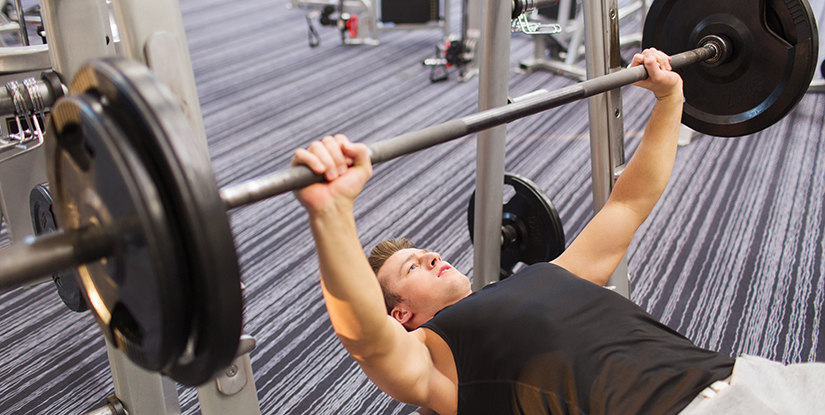How Often Should Commercial Fitness Equipment Be Cleaned

Overview: Frequency and its impact on safety and operations
In busy commercial gyms, the cadence of cleaning is not a luxury—it is a core part of safety, member trust, and operational efficiency. Cleanliness directly influences user perception, reduces cross-contamination risk, and extends equipment life. While there is no one-size-fits-all timetable, facilities that adopt a formal cleaning framework report fewer complaints and more consistent usage patterns. The goal is to balance risk reduction with resource allocation, ensuring high-touch surfaces are addressed with appropriate frequency while maintaining a smooth member experience.
Industry benchmarks emphasize a risk-based approach rather than a rigid hourly rule. Facilities typically structure frequencies around three pillars: high-touch point susceptibility, usage intensity, and the ability to clean between users. High-traffic zones—such as cardio suites, free-weight areas, and functional training zones—generally require more frequent attention than low-contact spaces like office areas or storage rooms. A practical starting point for many mid-sized gyms is to schedule structured wipe-downs and disinfection multiple times per day, with disinfection between users on shared equipment whenever feasible.
Adopting a data-driven framework helps gyms tailor frequencies to their unique patterns. This includes mapping zones by contact risk, tracking daily usage, and aligning staffing to peak hours. A well-documented schedule supports staff accountability, simplifies training, and makes it easier to demonstrate compliance during inspections or audits. In addition to safety benefits, consistent cleaning protocols protect equipment finishes, reduce wear from corrosive cleaners, and maintain a welcoming environment that encourages consistent member engagement.
Key factors that determine cleaning frequency
The following factors collectively shape how often commercial fitness equipment should be cleaned. Each factor can be weighted differently depending on facility type, location, and customer expectations.
- Gyms with heavy daily footfall and multiple group classes require more frequent cleaning cycles than small studios with limited hours.
- Displays, touchscreens, handlebars, seat surfaces, pads, and weight stacks demand higher frequency due to direct contact.
- Zone risk: Cardio, free-weight, and functional zones are higher-risk areas compared to storage or staff-only spaces.
- Staffing and shift patterns: Cleaning quality hinges on dedicated roles, training, and coverage across morning, midday, and evening shifts.
- Product compatibility: Some disinfectants require longer contact times or surfaces that tolerate certain cleaners; labeling dictates safe use with equipment materials.
- Regulatory and brand standards: Chains often adopt minimum expectations (e.g., high-touch surfaces cleaned daily; disinfection between users for shared gear) to meet customer expectations and franchise guidelines.
- Seasonal variations: Attendance spikes during back-to-work periods or promotions may necessitate temporary adjustments to the baseline schedule.
Shaping a frequency plan involves translating these factors into a practical calendar—one that is trackable, adjustable, and aligned with staff capability. The next section offers a structured, data-driven approach to building that calendar.
A data-driven, risk-based scheduling approach
To convert factors into action, many facilities rely on a simple, repeatable workflow that integrates usage data, risk assessment, and operational constraints. Below is a step-by-step method you can adapt to your site:
- Divide the gym into high-, medium-, and low-risk zones based on contact frequency and user density. Examples: high-risk = cardio suites, free-weights, functional zones; medium-risk = machines with moderate use; low-risk = staff areas, floors outside workout spaces.
- Collect data over 2–4 weeks on peak hours, class schedules, and average dwell time per user per zone. Use access control data, class rosters, and floor logs to estimate hourly touches.
- Define baseline cleaning events per zone (for example, high-risk zones: disinfect between users and at least 3–4 wipe-downs per day; medium-risk: 2–3 times daily; low-risk: daily).
- Match products to surfaces and ensure surfaces remain visibly wet for the label-recommended contact time. Include post-use wipe-downs for shared items where feasible.
- Schedule dedicated cleaning slots aligned with shift changes and class transitions. Assign responsibility to trained staff or contracted teams with standardized SOPs.
- Use checklists and digital logs to confirm completion, record anomalies, and measure adherence over time.
- Reassess quarterly or after major shifts in attendance, ensuring the calendar reflects evolving patterns.
Practical outcome: a clearly defined, adaptable cleaning timetable that supports safety, minimizes disruption to workouts, and provides a defensible record for compliance and customer trust.

